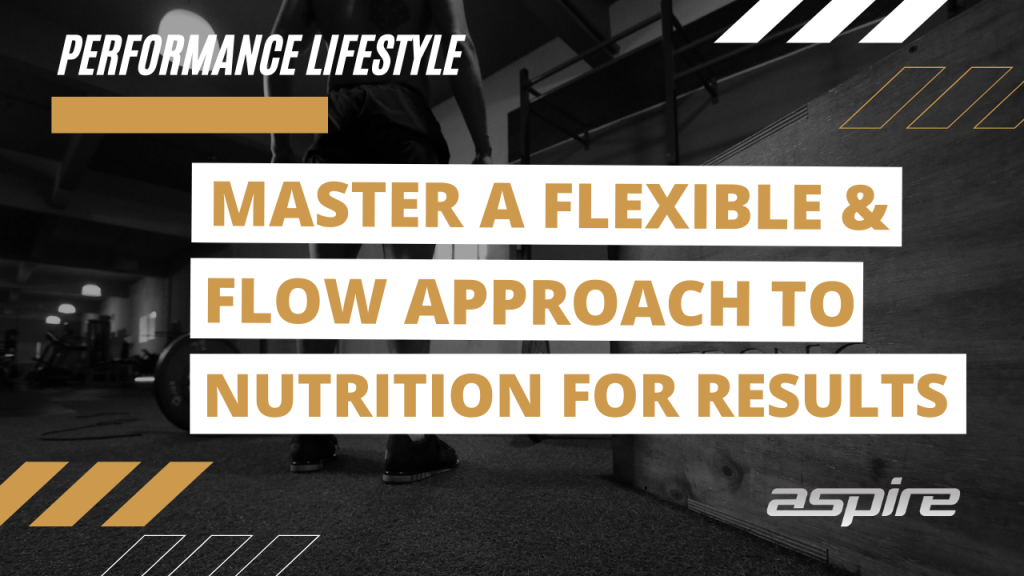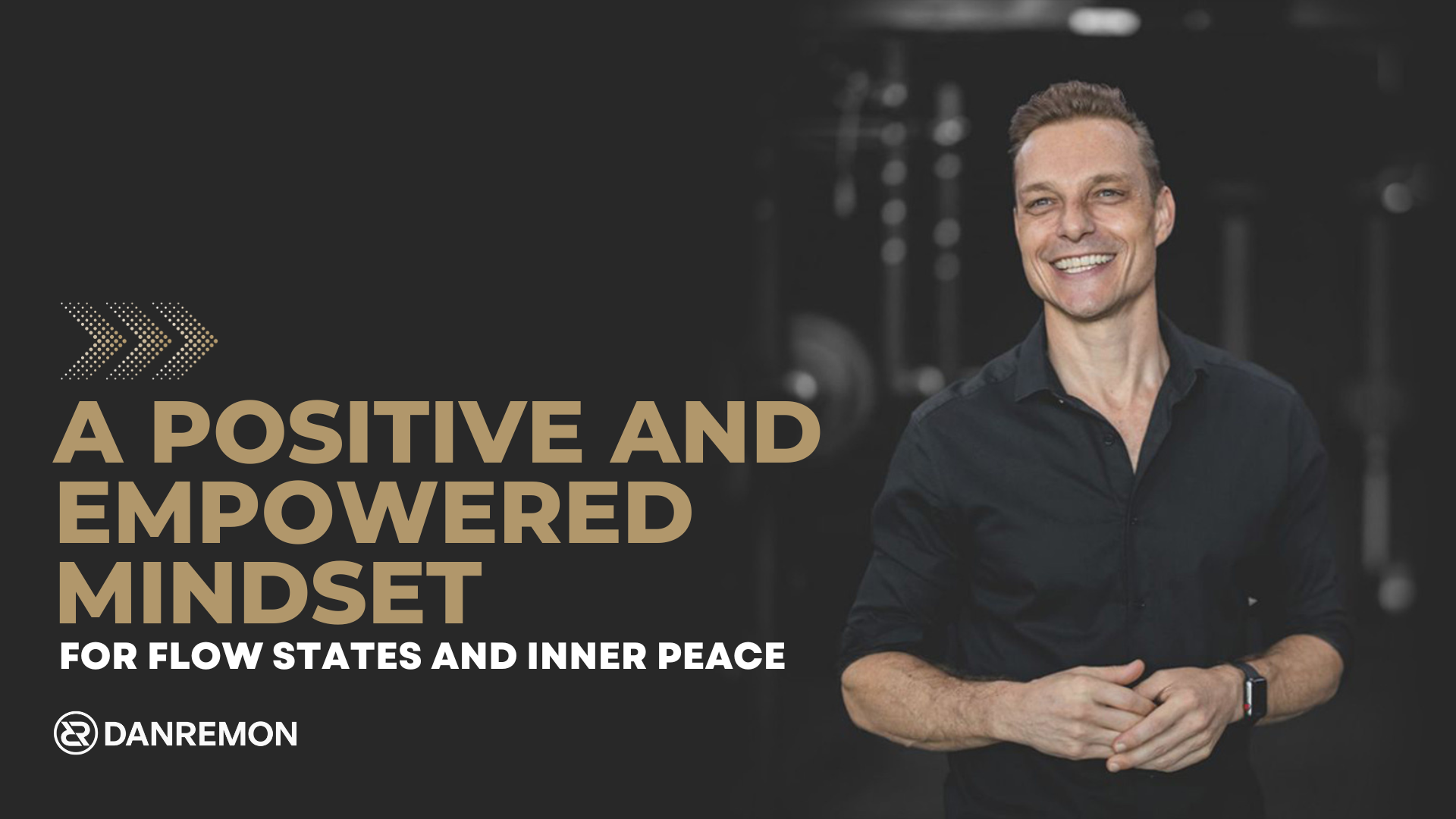
Experiencing moments of profound peace and effortless productivity often feels elusive in our hectic lives. However, these moments, known as flow states, are achievable and can be integral to effective stress reduction. Coined by psychologist Mihaly Csikszentmihalyi, flow describes a mental state where one is fully immersed and engaged in an activity, often leading to enhanced performance and satisfaction. Understanding the science behind flow can unlock new pathways to reducing stress and finding tranquility in daily life.
Understanding Flow
Flow is a psychological state where individuals become fully absorbed in an activity, losing track of time and external distractions. This state is marked by intense focus, a sense of control, and intrinsic enjoyment. It often occurs during activities that balance skill and challenge, such as playing sports, creating art, or engaging in complex tasks.
Essential Components that Facilitate Flow
To consistently achieve a flow state, certain conditions must be met. These key components create an environment conducive to deep engagement and immersion in an activity. Understanding and incorporating these elements can enhance your ability to experience flow:
- Clear Goals: Having specific objectives helps direct attention and effort. When goals are clearly defined, individuals can focus their energy on achieving them, reducing distractions and increasing productivity within the task.
- Immediate Feedback: Receiving feedback allows for adjustments and keeps the activity engaging. Prompt responses to actions enable individuals to fine-tune their performance, fostering continuous improvement and maintaining motivation throughout the process.
- Balance Between Skill and Challenge: The activity should be straightforward and easy to maintain engagement. This balance ensures that the task remains stimulating, preventing boredom and frustration and promoting sustained involvement and enjoyment.
The Neuroscience of Flow
Understanding the neuroscience behind flow reveals how our brain’s structure and function contribute to this optimal state of consciousness. During flow, the brain undergoes specific changes that facilitate deep immersion and peak performance.
Brain Activity During Flow
During flow, the brain’s prefrontal cortex, responsible for self-reflective thoughts and executive functions, becomes less active, a phenomenon known as “transient hypofrontality.” This temporary reduction in prefrontal activity allows individuals to fully immerse in the present moment, free from self-doubt and distractions.
Furthermore, brain wave patterns shift towards alpha and theta states during flow. Alpha waves are associated with a relaxed yet alert mental state, while theta waves are linked to creativity and deep relaxation. Reduced prefrontal activity and altered brain wave patterns facilitate an optimal mental state for deep engagement, creativity, and stress reduction.
Neurochemicals Associated with Flow
Several neurochemicals are released during flow, contributing to its rewarding nature and stress-reducing effects:
- Dopamine: Enhances focus and motivation, driving individuals to pursue and achieve their goals with tremendous enthusiasm and persistence, thereby increasing productivity and satisfaction.
- Norepinephrine: Increases arousal and alertness, sharpens cognitive functions, and helps individuals remain highly attentive and responsive to task demands.
- Endorphins: Provide pain relief and a sense of well-being, creating a natural high that boosts mood and reduces the perception of discomfort during challenging activities.
- Anandamide promotes a feeling of bliss and reduces anxiety, helping individuals feel calm and content. This supports sustained engagement and enjoyment in the activity.
- Serotonin: Improves mood and emotional stability, fostering a positive outlook and reducing feelings of stress and anxiety, which enhances overall mental health and performance.
Flow and Stress Reduction
Achieving a state of flow can significantly reduce stress, providing immediate relief and long-term benefits for mental well-being. Here’s how flow facilitates stress reduction:
- Distraction from Stressors: When individuals are in a flow state, they become deeply absorbed in the activity at hand, diverting attention from external stressors. This immersion temporarily escapes everyday worries and anxieties, providing a mental break leading to a refreshed perspective when returning to these issues.
- Increased Sense of Control and Mastery: Flow-inducing activities often involve a balance between skill and challenge, which fosters a sense of competence and achievement. This feeling of mastery can enhance self-efficacy and resilience, making individuals better equipped to handle stress in other areas of their lives.
- Positive Feedback Loop Enhancing Mood and Resilience: The neurochemicals released during flow, such as dopamine and serotonin, contribute to feelings of pleasure, satisfaction, and emotional stability. These positive emotions can create a feedback loop that enhances the immediate experience and builds emotional resilience over time, making it easier to cope with stress.

Practical Ways to Achieve Flow
Creating the right conditions and mindset is essential to enter a flow state consistently. Here are practical ways to achieve flow in various aspects of daily life:
Identifying Flow-Inducing Activities
To experience flow, identify activities that naturally draw your focus and passion. Here are some areas where you can seek out flow:
- Work Tasks: Choose challenging projects that are within your skill level. Break large tasks into smaller, manageable goals to maintain focus and motivation.
- Hobbies and Sports: Engage in activities that you are passionate about and that challenge you appropriately. This could include playing an instrument, painting, running, or playing a sport.
- Learning and Personal Development: Take up new learning opportunities that interest you, such as online courses or reading about subjects you’re curious about.
Creating an Environment Conducive to Flow
Setting up your environment plays a crucial role in achieving flow. Here’s how you can create a space that supports deep engagement:
- Minimize Distractions: Create a dedicated space free from interruptions for your activities. This might mean turning off notifications, using noise-canceling headphones, or finding a quiet location.
- Set Clear Goals: Define what you want to achieve in each session. Clear, attainable objectives help direct your focus and effort, making immersing yourself in the task easier.
- Immediate Feedback: Seek out activities or structures where you can get quick feedback on your performance. This can come from the activity itself, such as seeing progress in a project or from external sources like feedback from peers or mentors.
Personalizing Flow Experiences
Tailoring your activities to suit your preferences and skills can enhance your ability to enter flow. Consider the following strategies:
- Match Challenges to Skill Levels: Ensure the tasks you choose are relatively easy and easy. Continuously seek new challenges that push your abilities without causing frustration.
- Seek Variety and Novelty: Engage in different activities to prevent monotony and maintain interest. Trying new things can also provide fresh challenges that help sustain flow.
- Reflect and Adjust: Regularly assess your experiences to understand what works best. Adjust your environment, goals, and activities based on what helps you effectively achieve flow.
Incorporating Flow into Stress Management Practices
Integrating flow into your stress management routine can provide a powerful tool for reducing stress and enhancing overall well-being. Here are some practical ways to blend flow with other stress reduction techniques:
Integrating Flow with Other Stress Reduction Techniques
Combining flow with established stress management practices can amplify their effectiveness. Here’s how to do it:
- Mindfulness and Meditation: Incorporate flow-inducing activities into your mindfulness routines. For example, mindful gardening or painting can enhance your focus and presence, similar to meditation.
- Physical Exercise: Engage in sports or physical activities that you enjoy and that challenge you appropriately. This can help you achieve flow while benefiting from exercise’s stress-reducing effects.
- Creative Pursuits: To enter a flow state, use creative activities like writing, drawing, or playing an instrument. These activities serve as both a creative outlet and a method of reducing stress.
Designing a Balanced Routine That Promotes Flow and Reduces Stress
Creating a daily routine with flow-inducing activities can help maintain balance and reduce stress. Consider the following tips:
- Scheduling Regular Flow Activities: Allocate specific times in your day for activities that help you achieve flow. This could be a morning workout, an afternoon of creative work, or an evening hobby.
- Balancing Work, Rest, and Play: Ensure your routine includes productive work, relaxation, and enjoyable activities. This balance helps prevent burnout and maintains mental freshness.
- Reflecting on Progress: Regularly assess the impact of these activities on your stress levels and well-being. Adjust your routine as needed to ensure it remains effective and enjoyable.
Combining Flow with Relaxation Techniques
Flow can complement traditional relaxation techniques, providing a more dynamic approach to stress management:
- Breathing Exercises: Pair flow activities with deep breathing exercises to enhance relaxation and focus.
- Progressive Muscle Relaxation: Engage in flow activities that involve physical movement, such as yoga or tai chi, which can also include elements of progressive muscle relaxation.
- Visualization Techniques: Use visualization during flow activities, imagining yourself succeeding and enjoying the task, which can enhance the immersive experience and reduce stress.
Understanding the science behind flow and its impact on stress reduction can significantly enhance your overall well-being. By engaging in activities that promote flow, you can achieve a state of deep immersion and productivity, reducing stress and increasing happiness. Incorporating flow into your daily routine can create a balanced and fulfilling life, making it easier to navigate the challenges of modern living.
At Dan Remon, we are dedicated to helping you discover and harness the power of flow for stress reduction. Explore our resources and programs to guide you toward achieving flow in various aspects of your life. Start your journey today and experience the transformative effects of flow on your mental and emotional health.





